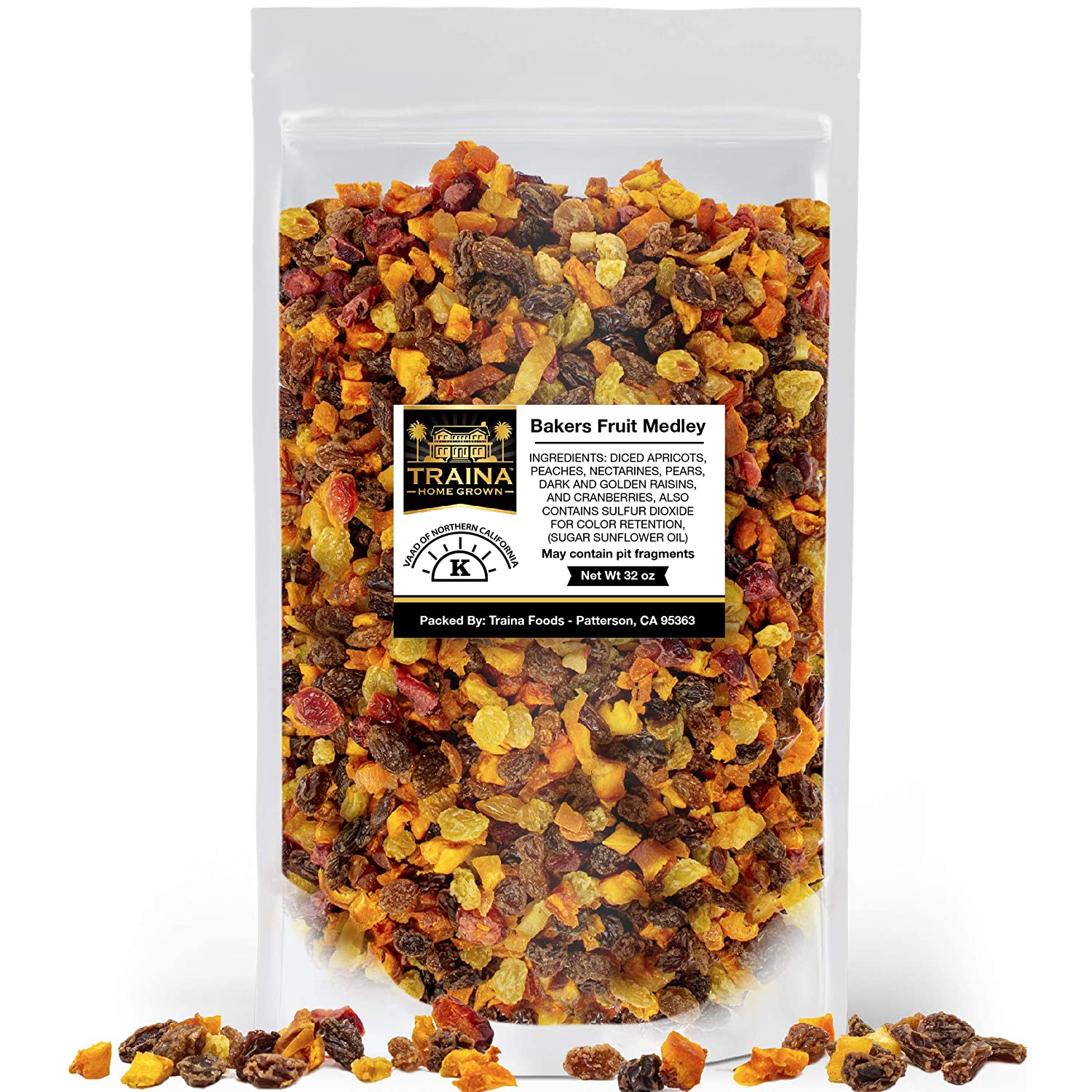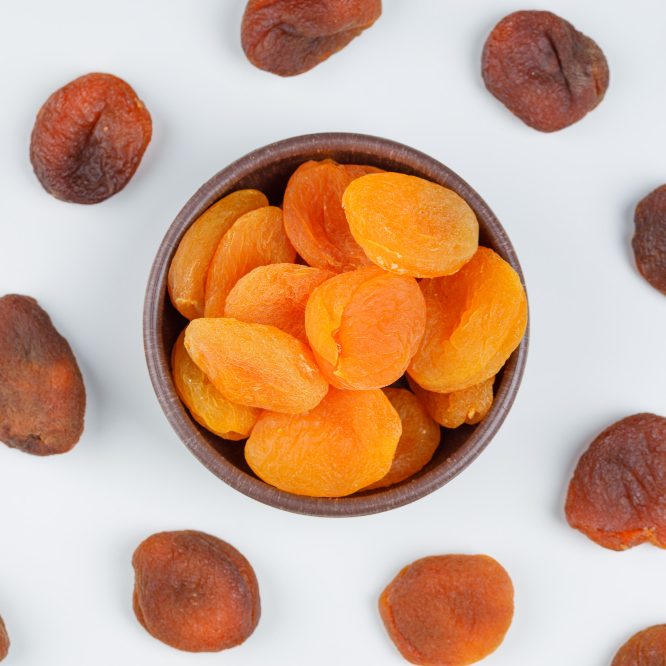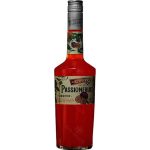What Is Sulfur Dioxide and Its Role in Food Preservation
Sulfur dioxide is a preservative found in many foods. It’s commonly used in dried fruits to maintain their color, appearance, and prevent spoilage. As a food additive, it helps prevent the growth of harmful bacteria and fungi during storage. This extends the shelf life of these products, allowing them to remain fresh for longer periods.
Sulfur dioxide works by inhibiting natural enzyme activity that can cause food to rot. It also helps to preserve the natural bright colors of fruits that typically fade after drying. Additionally, it plays a role in preventing browning, which can occur when fruits are exposed to oxygen.
While crucial for preservation, sulfur dioxide needs to be used in moderation. Food manufacturers follow strict guidelines to ensure that the levels of sulfur dioxide in foods are safe for most consumers. The USDA and FDA regulate its use, with clear stipulations for the maximum amounts allowed in different food products.
When identifying foods preserved with sulfur dioxide, you can look for terms like sulfites, potassium bisulfite, or metabisulfites on food labels. This can be helpful for those who are sensitive to it or wish to avoid it. For individuals with asthma or certain allergies, awareness of sulfur dioxide in food is particularly important due to potential health risks.

The Safety Profile of Sulfur Dioxide in Foods
When discussing the safety of additives in our diet, understanding their impact is crucial. Sulfur dioxide in dried fruit has a reliable safety profile for most people. Regulatory bodies such as the USDA and FDA ensure it’s within safe limits.
Food preservation relies on additives like sulfur dioxide. This preservative is common in many processed foods. It keeps them fresh and retains their color. The USDA and FDA have set maximum levels. These levels are safe for the general population.
The majority of people can ingest sulfur dioxide without issues. It works against microbes that spoil food. This extends the life of goods like dried fruits. For most, this additive poses no significant health risks.
However, some individuals may react to sulfur dioxide. These reactions are often mild. They can include a runny nose or skin irritation. People with asthma can experience more serious symptoms.
A tiny fraction of the population has a sensitivity to this preservative. Reactions can range from minor discomfort to severe. Thus, it’s important to recognize signs if you’re sensitive. Symptoms include chest tightness, wheezing, or coughing.
In summary, sulfur dioxide is widely recognized as safe for food preservation. Its use in dried fruits helps prevent spoilage and retains quality. Most individuals can consume it without harm. However, a small percentage may experience adverse reactions.
How Sulfur Dioxide Affects Individuals with Asthma and Allergies
For those with asthma or allergies, sulfur dioxide can have serious effects. This additive can trigger asthma attacks and allergic reactions in sensitive individuals. It’s important to recognize and understand these potential risks, particularly if you or someone you know has these conditions.
Asthma and Sulfur Dioxide Sensitivity
People with asthma are at a higher risk for reactions to sulfur dioxide. Even low levels of this preservative can lead to symptoms. These can include wheezing, chest tightness, and difficulty breathing. After exposure, these symptoms may appear quickly and require medical attention.
Allergic Reactions to Sulfur Dioxide
Allergies to sulfur dioxide are less common but can be severe. Symptoms may range from hives to anaphylactic shock, a life-threatening condition. If you suspect an allergy to sulfur dioxide, it’s crucial to get tested. Knowing your triggers can help you avoid severe reactions.

Reading Food Labels for Sulfur Dioxide Content
To stay safe, individuals with asthma or allergies should read food labels. Look for terms like ‘sulfites’ or ‘sodium bisulfite’. These indicate the presence of sulfur dioxide. By checking labels, you can make informed choices and avoid potential triggers.
In summary, sulfur dioxide can significantly affect those with asthma or allergies. Understanding the risks and learning to identify this preservative on food labels can help manage these conditions. It can also reduce the chances of encountering adverse health effects.
Identifying Sulfur Dioxide in Food Labels
When shopping for dried fruits, it’s important to check food labels. This helps identify sulfur dioxide. Look for terms such as ‘sulfites’, ‘sodium bisulfite’, or ‘potassium metabisulfite’. These terms point to the presence of this preservative.
Labels must list any sulfites if above 10 parts per million, as required by the FDA. This rule helps consumers know which foods contain sulfur dioxide. It is vital for those with asthma or sensitivities to this substance. It also assists anyone looking to avoid it for other reasons.
Always read the ingredient list on dried fruits and other processed goods. Doing so can help you steer clear of sulfur dioxide if needed. This is especially critical for individuals with adverse reactions to sulfites.
In summary, identifying sulfur dioxide requires attention to food labels. Check them carefully to make informed decisions about your food. This approach can help maintain health and prevent potential negative reactions.
Alternatives to Sulfur-Dioxide-Preserved Dried Fruits
For those who prefer to avoid sulfur dioxide, there are alternatives. Look for organic dried fruits which are usually sulfur-dioxide-free. These fruits may appear darker due to natural processes like aging. Organic options have no added preservatives and often offer intense natural flavors. Making your own dried fruits at home is another alternative. This way, you control the process and avoid preservatives. Slice fresh fruit and slow-dry in the oven at a low temperature. This method keeps fruits free from sulfur dioxide and other additives. Choose fresh over dried when possible, as fresh fruits don’t need preservatives. If you need dried fruits, pick those labeled “unsulfured”. These won’t have sulfur dioxide, ensuring a safer choice for those with sensitivities. Always read labels to make informed choices and preserve your health. In summary, alternatives to sulfur dioxide-preserved dried fruits include organic, homemade, and unsulfured options. Reading labels helps you find these healthier choices.

The Health Risks Associated with Overconsumption of Sulfur Dioxide
While sulfur dioxide acts as a preservative, overconsumption poses health risks. Here’s how excessive intake can affect your well-being:
Potential Respiratory Issues
High levels of sulfur dioxide can tighten your chest and throat. They can make breathing hard and trigger coughing or wheezing episodes. Asthmatic individuals may face severe complications after consuming sulfur dioxide.
Skin and Digestive Reactions
Sulfur dioxide can cause itchy skin, hives, or headaches. Some people may even experience gut health issues. Stomach discomfort and diarrhea are not uncommon after consuming excessive sulfur dioxide.
Risk of Anaphylaxis for the Sensitive
Though rare, a life-threatening allergic reaction is possible. Anaphylaxis can occur in highly sensitive individuals. Immediate medical attention is necessary if such a reaction happens.
Avoiding Negative Health Impacts
To prevent these issues, limit intake of sulfur dioxide. Check food labels for preservatives, and choose organic or sulfite-free products when possible. Those with asthma or sensitivities should seek medical advice before consuming dried fruits preserved with sulfur dioxide.
Preparing and Consuming Dried Fruits Safely
Proper preparation and safe consumption of dried fruits are key, especially for those with sensitivities. Here are some tips to help you enjoy dried fruits without health risks:
Choose Wisely at Purchase
When buying dried fruits, go for those labeled as unsulfured or organic. These options typically do not contain sulfur dioxide. Check the ingredient list to be sure of what you’re buying.
Pre-soaking to Reduce Preservatives
Soak dried fruits in warm water before consuming. This can help to remove some sulfur dioxide. After soaking, rinse the fruits thoroughly with fresh water. Do not reuse the soaking water as it may contain residues.
Home Drying for Full Control
Make dried fruits at your own home. Cut fresh fruits and bake at low heat. This avoids the need for sulfur dioxide and gives you control over the process.
Be Alert for Symptoms
After eating dried fruits, watch for any unusual symptoms. If you have asthma or allergies, be extra cautious. Symptoms include difficulty breathing, itching, or stomach upset. Seek medical help if you experience severe reactions.
Educate Yourself Further
Learn more about sulfur dioxide and its use in food preservation. This knowledge can help you make safer food choices. Always stay informed and proactive in managing your diet.
By following these steps, you can enjoy dried fruits safely. This will help minimize health risks associated with sulfur dioxide consumption.
Understanding Sulphite-Free Choices in Dried Fruits
For those seeking to avoid sulfur dioxide, sulphite-free dried fruits are an excellent choice. These fruits are free from the additive and are a safer option for individuals with sensitivities or allergies. Here’s how to make the right choice when looking for sulphite-free dried fruits:
Check for Organic Certification
Organic dried fruits are typically free from sulfur dioxide and other preservatives. Always look for an organic certification label on the packaging. This ensures that the fruits meet strict organic standards and do not contain sulphites.
Read Labels Carefully
Even with organic products, reading labels is important. Check ingredients for terms like ‘sulfites’, ‘sodium bisulfite’, or ‘potassium metabisulfite’. These indicate the presence of sulfur dioxide. Choose products that clearly state ‘no sulfites added’ or ‘sulphite-free’.
Opt for Darker Dried Fruits
Sulphite-free dried fruits may look darker due to natural oxidation. Do not shy away from these. The darker color often means no sulphites were used to preserve the original hue.
Consider Homemade Options
Making dried fruits at home gives you full control over what goes into them. Simply slice fresh fruits and dry them slowly at low temperature. This prevents the need for sulfur dioxide and ensures a sulphite-free snack.
By choosing sulphite-free dried fruits, you can enjoy the health benefits of these snacks without worrying about sulfur dioxide-related health issues. Always stay vigilant with label reading and consider organic or homemade options for a worry-free experience.


